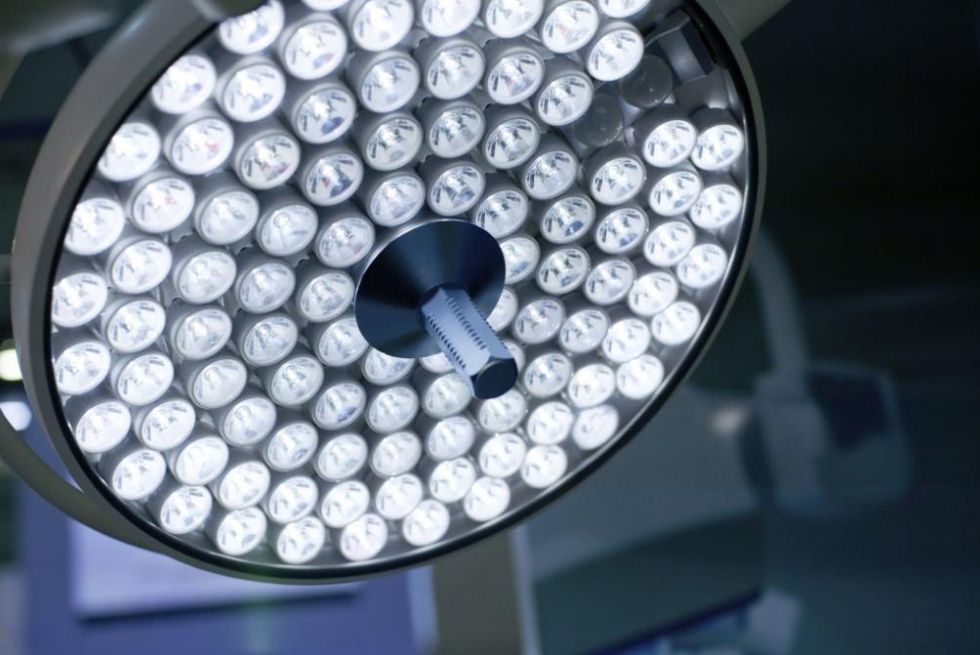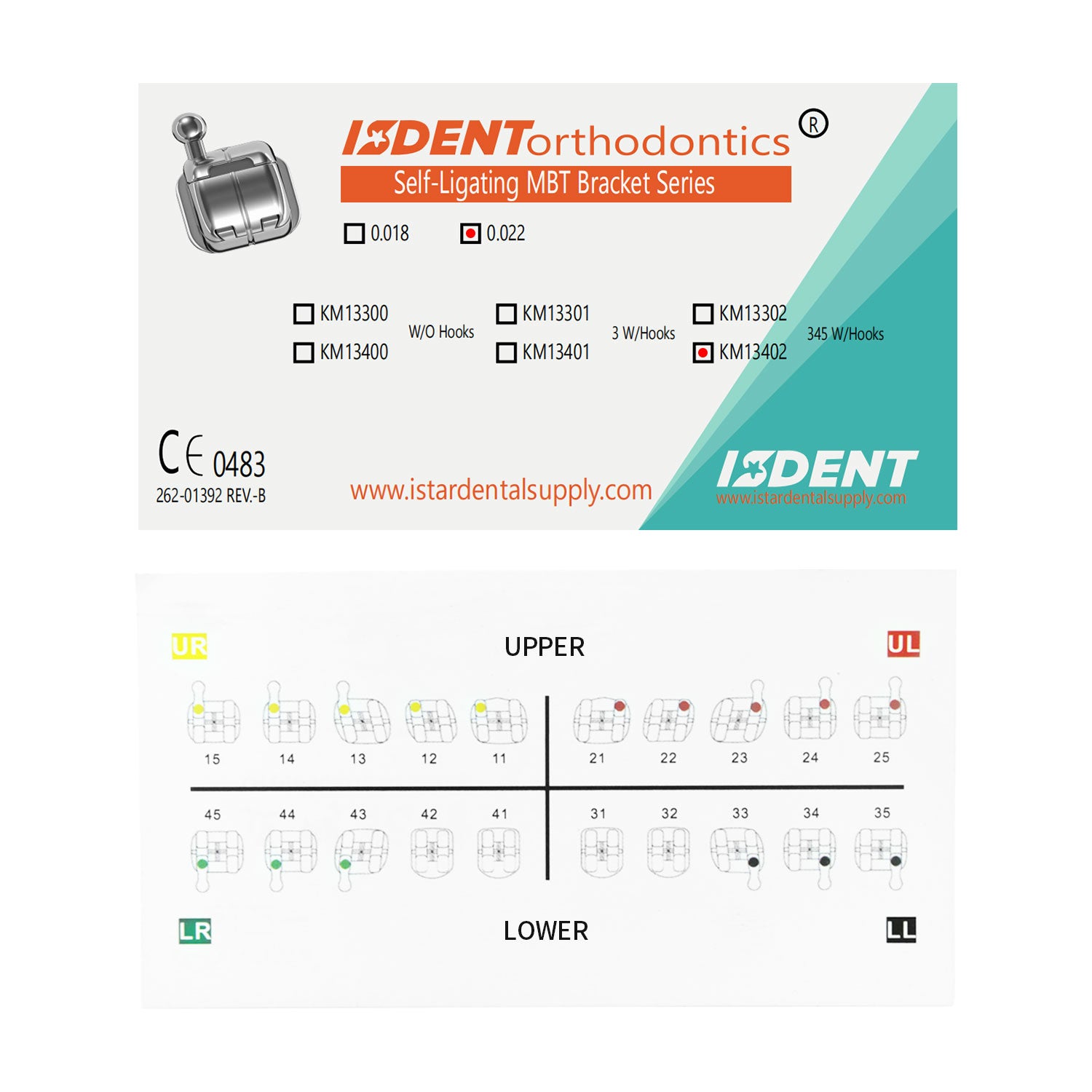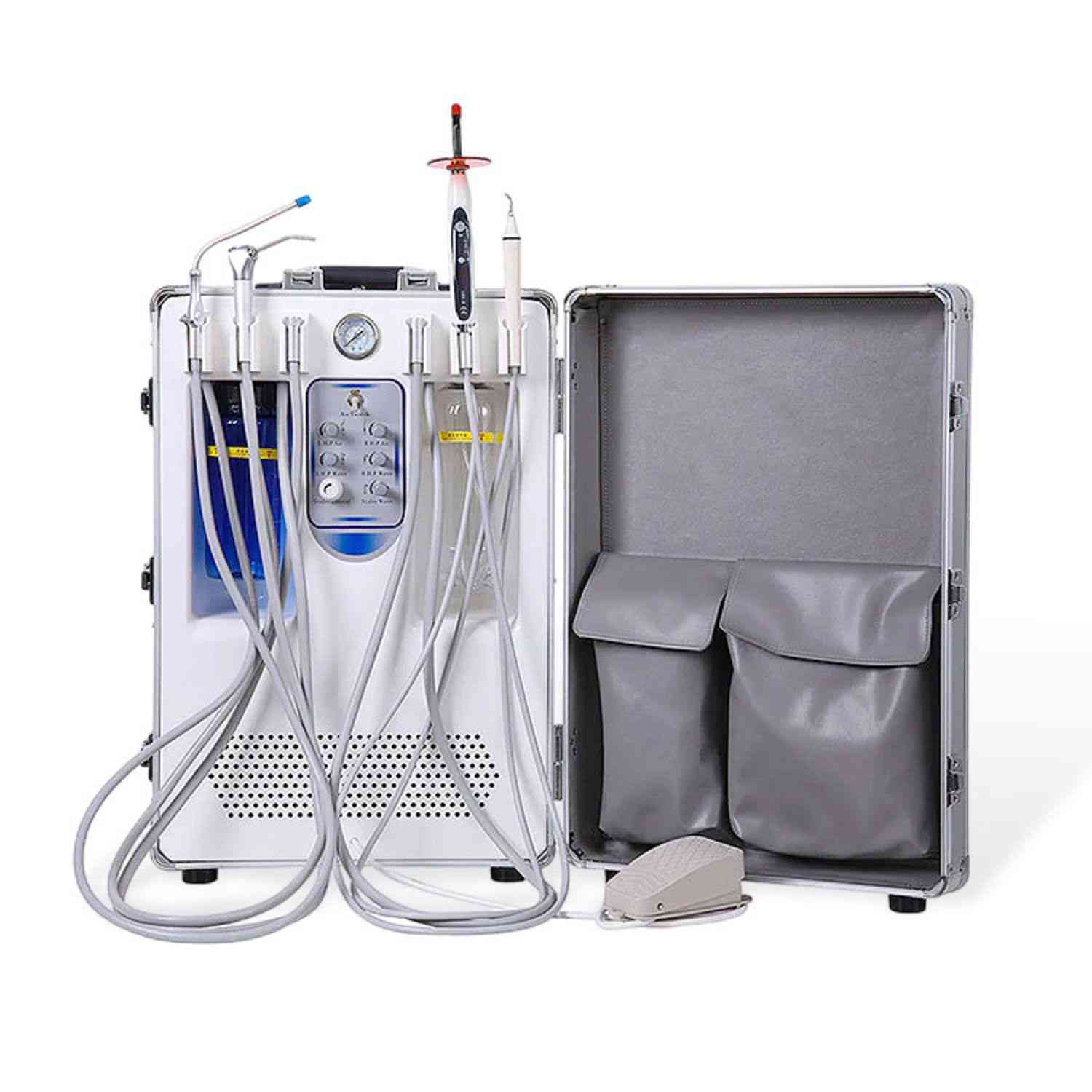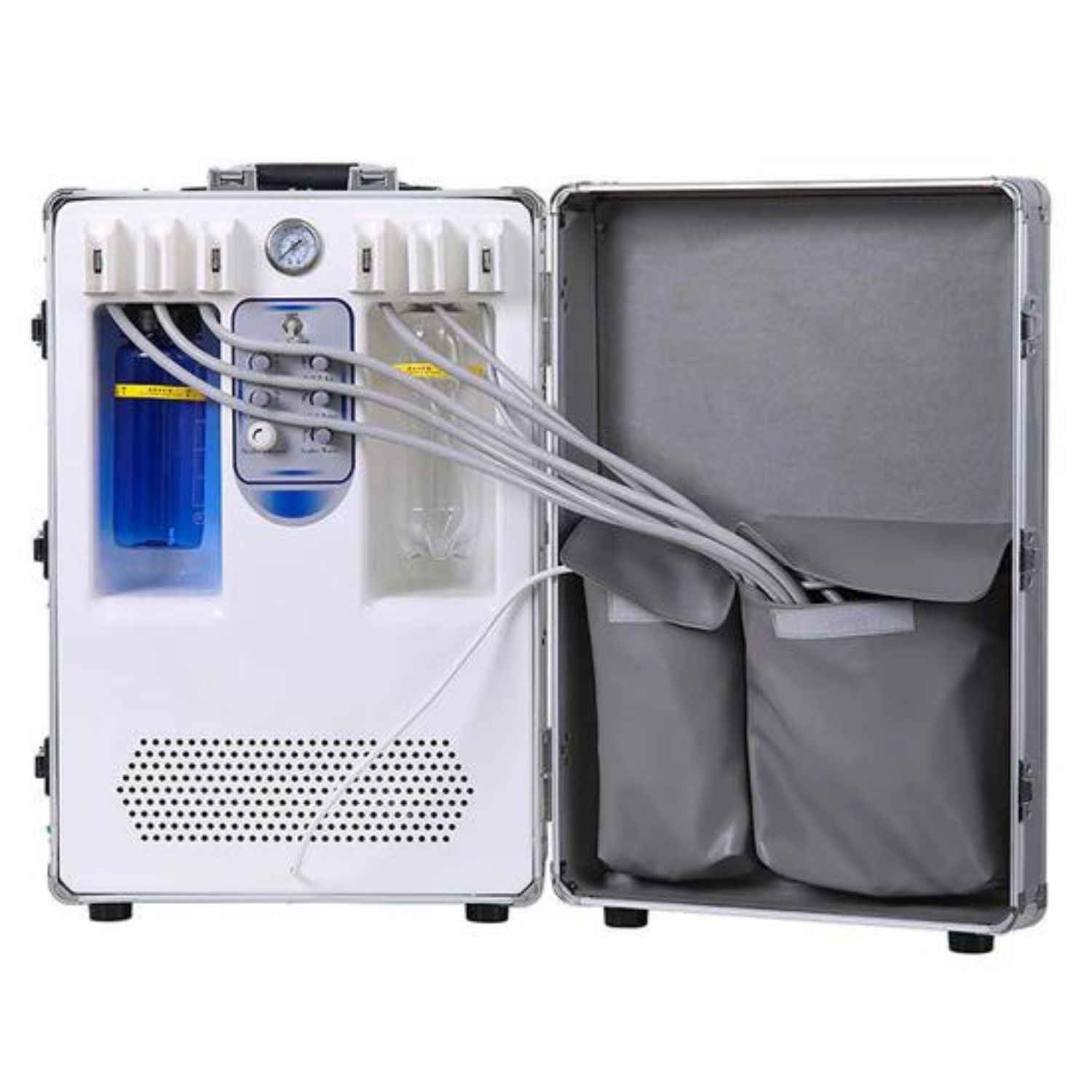إضاءة دقيقة: دليل لأنواع مختلفة من الأضواء الجراحية لغرف العمليات الحديثة
تقدم هذه المقالة نظرة شاملة على الإضاءة الجراحية، موضحةً أهمية اختيار النوع المناسب من الإضاءة الجراحية لضمان نتائج جراحية ناجحة في ظل بيئة طبية متطلبة اليوم. يُعد هذا الدليل بالغ الأهمية لأطباء الأسنان، وعيادات الأسنان، ومختبرات الأسنان، ومستشفيات الأسنان، وكليات طب الأسنان التي تسعى إلى تحسين كفاءة غرف العمليات ورعاية المرضى. نحن في ISTAR Dental Supply ندرك أهمية المعدات الطبية عالية الجودة، وقد صُمم هذا الدليل لمساعدتك على اتخاذ قرارات مدروسة بشأن احتياجاتك من الإضاءة الجراحية.

لماذا تعتبر الإضاءة الجراحية أمرا بالغ الأهمية في غرفة العمليات الحديثة؟
الإضاءة المناسبة لها أهمية قصوى في أي إجراء جراحي. في غرفة العمليات، الإضاءة أمر بالغ الأهمية من اجل الجراح و كله الفريق الجراحي. الإضاءة ضعيفة يمكن أن يؤدي إلى أخطاء وزيادة وقت الجراحة ومضاعفات محتملة للمريض. موقع الجراحة يجب أن تكون مرئية بوضوح، مع الحد الأدنى من الظلال و وهجلضمان الدقة والإتقان. الهدف هو تحقيق عملية جراحية ناجحة حصيلة.
أضواء جراحية تم تصميمها لتوفير إضاءة ساطعة ومتسقة إضاءة التابع المجال الجراحي. هذا السماح للجراح لتصوير المنطقة بوضوح، والتمييز بين الأنسجة، وإجراء العمليات بثقة تامة. لقد لاحظتُ شخصيًا كيف يُمكن للإضاءة الكافية أن تُحسّن نتائج العمليات الجراحية بشكل كبير خلال عملي مع أطباء الأسنان. معدات الإضاءة يجب أن يعتبر عنصرا أساسيا.
ما هي الأنواع الرئيسية للأضواء الجراحية المتوفرة؟
هناك أنواع مختلفة ل أضواء جراحية متوفرة، ولكل منها مزاياها وعيوبها. ويمكن تصنيفها عمومًا إلى:
- أضواء جراحية علوية: هذه هي الأكثر شيوعا نوع من الجراحة الأضواء، عادة مثبتة على السقف أو جدار. أنها توفر العامة إضاءة من اجل غرفة العمليات. هذه الأضواء غالبا ما تكون قابلة للتعديل من حيث الكثافة والموقع.
- أضواء جراحية متنقلة: هؤلاء هم تم تصميم الأضواء ليتم نقلها بسهولة حول غرفة العملياتوهي مثالية للإجراءات التي تتطلب مرونة في وضع الضوء.
- المصابيح الأمامية: يرتديها الجراح، توفر المصابيح الأمامية تركيزًا إضاءة مباشرة على موقع الجراحة.
- الإضاءة داخل التجويف:توفير الإضاءة داخل تجاويف الجراحة.
من خلال التجربة، يعتمد الاختيار إلى حد كبير على نوع الجراحة يتم تنفيذها والاحتياجات المحددة لـ الفريق الجراحي.
كيف تتم مقارنة الإضاءة الجراحية LED بالهالوجين؟
تقليديا، مصابيح الهالوجين كان المعيار مصدر الضوء في أضواء جراحية. لكن، جراحة الصمام الثنائي الباعث للضوء أصبحت الإضاءة تحظى بشعبية متزايدة بسبب مزاياها العديدة:
| ميزة | الهالوجين | قاد |
|---|---|---|
| كفاءة الطاقة | أدنى | أعلى |
| عمر | أقصر (حوالي 2000 ساعة) | أطول (حتى 50000 ساعة أو أكثر) |
| انبعاث الحرارة | بارِز كمية الحرارة | انبعاث حرارة ضئيل |
| درجة حرارة اللون | ضوء دافئ مصفر | ضوء أكثر برودة وأكثر بياضًا وأكثر قابل للتعديل |
| مخرجات الضوء | يمكن أن تكون أقل كثافة | بشكل عام أكثر إشراقا وأكثر اتساقا |
ضوء LED يوفر سطوعًا فائقًا وعمرًا أطول واستهلاكًا أقل للطاقة وانبعاثًا حراريًا أقل مقارنةً بـ إضاءة الهالوجين. وهذا يجعل أضواء جراحية LED خيار أكثر فعالية من حيث التكلفة وصديق للبيئة. علاوة على ذلك، جودة الضوء غالبًا ما يُنظر إلى مصابيح LED على أنها متفوقة، حيث توفر تقديمًا أفضل للألوان ورؤية محسنة.

ما هي الإضاءة الجراحية داخل التجويف ولماذا هي مهمة؟
إضاءة جراحية داخل التجويف، والمعروفة أيضًا باسم جراحي مصباح أمامي أو عدسات جراحية مكبرة مع الإضاءة المتكاملة، يعد هذا أمرًا بالغ الأهمية، وخاصة في أقل تدخلاً الإجراءات. فهو يوفر تركيزًا إضاءة في أعماق موقع الجراحة، المناطق التي قد يكون من الصعب الوصول إليها الإضاءة العلوية وحيد.
تستخدم هذه الأنظمة غالبًا مصدر ضوء بالألياف كابل بصري لتوصيل الضوء مباشرةً إلى مجال الجراحة. الفائدة واضحة: تحسين تصوير الهياكل التشريحية المعقدة، مما يؤدي إلى دقة أكبر وتقليل خطر المضاعفات. أتذكر دراسة حالة حيث كان للإضاءة داخل التجويف دور فعال في إجراء زراعة أسنان معقد، مما يُظهر دورها الحاسم. تقدم ISTAR عدسات الأسنان المكبرة بالضوء و مصباح الأسنان الأمامي
كيفية اختيار الإضاءة الجراحية المناسبة لعيادة الأسنان الخاصة بك؟
اختيار الإضاءة الجراحية يعتمد ذلك على عدة عوامل رئيسية. هذه العوامل تضمن لك إضاءة عالية الجودة. ضع في اعتبارك ما يلي عند اتخاذ قرارك:
- نوع الإجراءات: تتطلب الإجراءات المختلفة إجراءات مختلفة خيارات الإضاءة.على سبيل المثال، قد تستفيد جراحات الفم المعقدة من الجمع بين الإضاءة العلوية والإضاءة داخل تجويف الفم.
- ميزانية: أنظمة الإضاءة الجراحية تختلف الأسعار. من الضروري الموازنة بين احتياجاتك وميزانيتك.
- فضاء: حجمك غرفة العمليات سيؤثر ذلك على نوع وعدد الأضواء التي يمكنك تثبيتها.
يُنصح بشدة بالتشاور مع مورد موثوق مثل ISTAR Dental Supply. يمكننا تقييم احتياجاتك الخاصة والتوصية بالخيار الأنسب. منتجات الإضاءة الجراحية لممارستك.
ما هو دور درجة حرارة اللون في الإضاءة الجراحية؟
درجة حرارة اللون، المقاسة بالكلفن (K)، تصف دفء أو برودة الضوء الأبيض. أضواء جراحية عادةً ما يكون نطاق درجة حرارة اللون بين 3500 كلفن و6700 كلفن.
- درجة حرارة اللون المنخفضة (3,500 كلفن-4,500 كلفن): يُنتج ضوءًا دافئًا مائلًا إلى الأصفر، وهو مفضل في كثير من الأحيان بسبب تباينه المعزز.
- درجة حرارة اللون الأعلى (5000 كلفن - 6700 كلفن): يُنتج ضوءًا أكثر برودة وزرقة، وهو أقرب إلى ضوء النهار الطبيعي، وغالبًا ما يُعتبر أفضل لتمثيل الألوان بدقة.
يمكن أن تعتمد درجة حرارة اللون المثالية على الجراحتفضيلاته ومواصفاته المحددة إجراء جراحي.

هل هناك ميزات قابلة للتعديل في أنظمة الإضاءة الجراحية؟
حديث أنظمة الإضاءة الجراحية غالبًا ما تأتي مع مجموعة من الميزات القابلة للتعديل لتحسينها ظروف الإضاءة:
- التحكم في السطوع: يسمح لـ الفريق الجراحي ل ضبط الإضاءة الشدة إلى المستوى المطلوب.
- ضبط حجم البقعة: يتيح تركيز الضوء على منطقة محددة من موقع الجراحة.
- التمركز: ال دوخة جراحية يمكن نقلها بسهولة ووضعها لتوفير أفضل النتائج إضاءة.
- ضبط درجة حرارة اللون (في بعض أنظمة LED): يسمح بالتبديل بين الضوء الدافئ والبارد.
تعمل هذه الميزات القابلة للتعديل على تعزيز المرونة وتسمح الفريق الجراحي لتخصيص الإضاءة لكل إجراء محدد.
كيف تعمل الأضواء الجراحية على تقليل الظلال والوهج؟
الظلال و وهج يمكن أن يعيق الرؤية بشكل كبير أثناء جراحة. تم تصميم الأضواء الجراحية لتقليل هذه المشاكل من خلال:
- مصادر الضوء المتعددة: يساعد استخدام مصادر إضاءة متعددة من زوايا مختلفة على التخلص من الظلال.
- الناشرون: يتم دمجها في تصميم الإضاءة لتخفيف الضوء وتقليله وهج.
- وضع قابل للتعديل:الوضع الصحيح يقلل الظلال.
الهدف هو إنشاء بيئة مضاءة جيدًا وخالية من الظلال والوهج الجراح للعمل في.
ما هي فوائد استخدام الأضواء الجراحية المحمولة؟
قابلية النقلالميزة الرئيسية للإضاءة الجراحية المحمولة هي سهولة نقلها. يمكن نقل هذه الأضواء بسهولة بين غرف العمليات المختلفة، أو حتى إلى مواقع مختلفة داخل الغرفة نفسها. المرونة:تعتبر الأضواء المحمولة مثالية للإجراءات التي تتطلب المرونة في وضع الضوء. فعالية التكلفة:هذا النوع من تم تصميم الأضواء لتوفير الأمثل ظروف الإضاءة بأسعار معقولة.
تقدم ISTAR Dental Supply بكل فخر: مصباح جراحي محمول
الأسئلة الشائعة حول الإضاءة الجراحية
-
ما هو أفضل نوع من مصادر الضوء للأضواء الجراحية؟
يعتبر LED بشكل عام الأفضل مصدر الضوء بفضل كفاءتها في استخدام الطاقة، وعمرها الطويل، وانبعاثها الحراري المنخفض، وجودة الضوء الفائقة.
-
كم مرة يجب استبدال الأضواء الجراحية؟
قاد أضواء جراحية تتمتع بعمر افتراضي طويل للغاية (يصل إلى 50000 ساعة أو أكثر)، مما يقلل بشكل كبير من الحاجة إلى الاستبدال المتكرر. مصابيح الهالوجينمن ناحية أخرى، يتعين استبدالها بشكل متكرر أكثر (حوالي 2000 ساعة).
-
هل يمكن استخدام الأضواء الجراحية في إجراءات طبية أخرى بالإضافة إلى الجراحة؟
نعم، أضواء جراحية يمكن استخدامها أيضًا في إجراءات أخرى تتطلب إضاءة ساطعة ومركزة، مثل الفحوصات والإجراءات التشخيصية والعلاجات البسيطة.
-
ما هو الفرق بين أضواء الجراحة وأضواء الفحص؟
أضواء جراحية صُممت لتوفير إضاءة أكثر كثافة وتركيزًا وقابلية للتعديل مقارنةً بأضواء الفحص. كما أنها مصممة لتقليل الظلال والوهج، وهو أمر بالغ الأهمية لـ الإجراءات الجراحية.
-
كيف أحافظ على أضواء الجراحة الخاصة بي؟ التنظيف والفحص الدوري ضروريان. اتبع تعليمات الشركة المصنعة لإجراءات الصيانة المحددة.
-
ما هي إضاءة المهامتوفر الإضاءة المهمة إضاءة مباشرة للحقل الجراحي.
ISTAR Dental Supply، حليفك الأفضل
في ISTAR Dental Supply، ندرك أن ظروف الإضاءة في بيئة طب الأسنان ليست مجرد متطلب تقني؛ بل هي التزام برعاية المرضى والتميز في الإجراءات. اختيار الإضاءة المناسبة هو استثمار في الدقة والسلامة والكفاءة. إليكم ملخصًا موجزًا لأهم النقاط التي يجب على أطباء الأسنان استخلاصها:
- الإضاءة LED هي الخيار الأفضل: توفر سطوعًا أفضل وعمرًا أطول وكفاءة في استخدام الطاقة وحرارة أقل مقارنة بالهالوجين.
- الإضاءة داخل التجويف ضرورية للإجراءات الأقل تدخلاً: توفير الإضاءة الحاسمة في عمق موقع الجراحة.
- القدرة على التعديل هي المفتاح: اختر الأضواء ذات السطوع القابل للتعديل وحجم البقعة والموقع.
- درجة حرارة اللون مهمة: حدد درجة حرارة اللون التي تناسب تفضيلاتك ونوع الإجراء.
- تقليل الظلال والوهج: اختر الأضواء المصممة لتقليل هذه العوائق البصرية.
- خذ بعين الاعتبار احتياجاتك المحددة: عوامل مثل نوع الإجراءات والميزانية والمساحة سوف تؤثر على اختيارك.
- الشراكة مع مورد موثوق: ISTAR Dental Supply هو مصدرك للحصول على أفضل جودة.
من خلال الاستثمار في الجراحة اليمنى بالإضاءة، أنت تستثمر في نجاح عيادتك ورفاهية مرضاك. تواصل مع ISTAR Dental Supply اليوم لمناقشة احتياجاتك واكتشف كيف يمكننا مساعدتك في إرشادك نحو التميز. نحن، كشركة مصنعة، نسعى دائمًا لتقديم أفضل تجربة ومنتجات عالية الجودة. ألقِ نظرة على أحد منتجات ISTAR: مصباح جراحي مثبت في السقفكما نقدم لعملائنا معدات أخرى، مثل: وحدة طب الأسنان أو: كرسي الأسنان.







